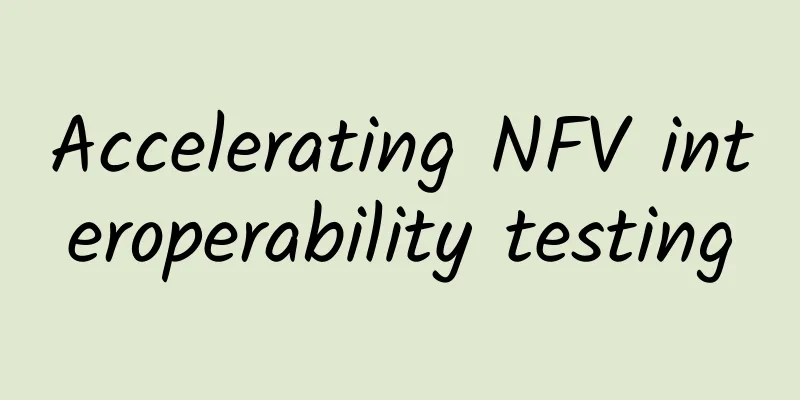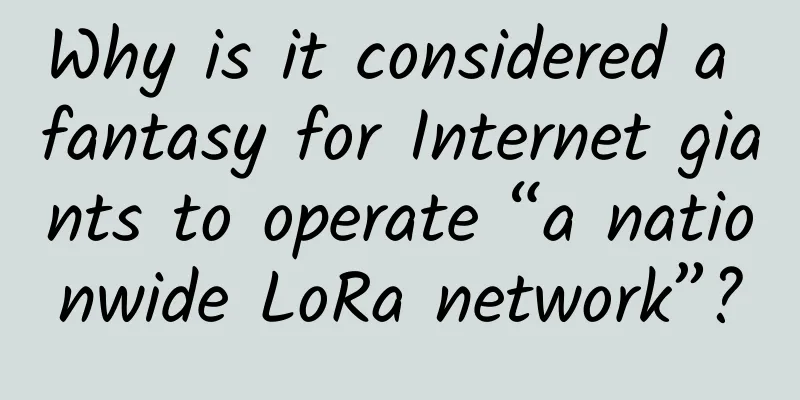Accelerating NFV interoperability testing

|
Many service providers have deployed network function virtualization (NFV) software, but there are few tools to coordinate and manage NFV software from multiple vendors. To enhance interoperability, a number of initiatives and services have been launched to help enterprises determine whether the required NFV software is compatible with a specific management and network orchestration (MANO) platform.
Below is a list of some NFV interoperability initiatives:
In addition, vendors are investing in MANO platforms in NFV environments and also enabling NFV interoperability on their platforms, such as HPE’s OpenNFV partnership program that tests and verifies NFV interoperability. Are these NFV interoperability tests necessary? Barry Graham, senior business director at TM Forum, said that as service providers focus on promoting digital services, these procedures are a great challenge and a difficulty faced by enterprises deploying NFV. Graham said the TM Forum is working to define a set of de facto application programming interfaces (APIs) that will greatly facilitate NFV interoperability without having to wait for vendors and standards bodies to reach consensus. “We are trying to create interoperability across the industry, and our goal is to create a proven standard,” Graham said. Graham said service providers need interoperability to achieve their 5G network goals, and 37% of TM Forum members have deployed NFV, but few members have implemented NFV orchestration in a unified way. As with most emerging technologies, NFV adoption is a long process, but given that service providers are looking to launch 5G services over the next three years, the pace of this process will need to accelerate. |
<<: 8 predictions for the development of network technology in 2017
>>: Trump overturns Obama's Internet and telecommunications policies, free data is suspended
Recommend
PebbleHost: $19.99/month-E3-1220v2/8GB/480G SSD/1Gbps unlimited traffic/UK server
PebbleHost is a foreign hosting company founded i...
Let’s talk about 5G dynamic spectrum sharing?
What is 4G/5G dynamic spectrum sharing? Why is 4G...
Ofcom plans to free up more 5 GHz spectrum for WiFi deployment
According to foreign media reports, the UK teleco...
Can you really explain TCP's three-way handshake and four-way handshake?
What is TCP Before understanding the three-way ha...
Communication protocol I2C subsystem Debug
There are two common I2C errors: I2C ACK error, I...
Exposing "black data": Your personal information has been passed through several hands
[[188851]] According to feedback from industry in...
Can lightweighting become the spark that sets 5G off?
At the 31st PT Expo held recently, 5G became the ...
CloudServer: $12/quarter-single core, 4G memory, 30G NVMe disk, 5TB/10Gbps New York data center
CloudServer is a foreign hosting company founded ...
Wireless charging has three constraints on market demand
Wireless charging technology has been around for ...
If these five gaps cannot be overcome, 5G 2B will be a pipe dream for operators
In the 5G race, Asian operators are among the wor...
12 principles to make data centers perform better
As American football star Tom Brady once said, &q...
From CDN to edge computing, which one is closer to the water?
Since the birth of CDN, there have been three gen...
What is the difference between 5G bearer network?
Hello everyone, I am Xiaozaojun. In today’s artic...
Nginx's four-layer load balancing (Stream module) configuration based on TCP/UDP ports
HTTP load balancing, which is what we usually cal...
5G communication requires tens of millions of base stations! How to build so many?
"With the advent of the 5G era, mobile commu...









